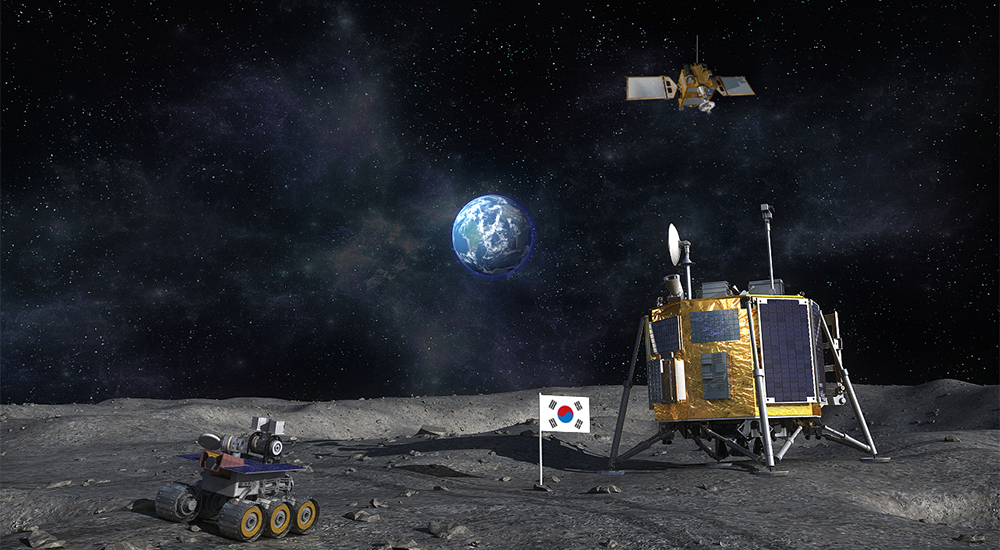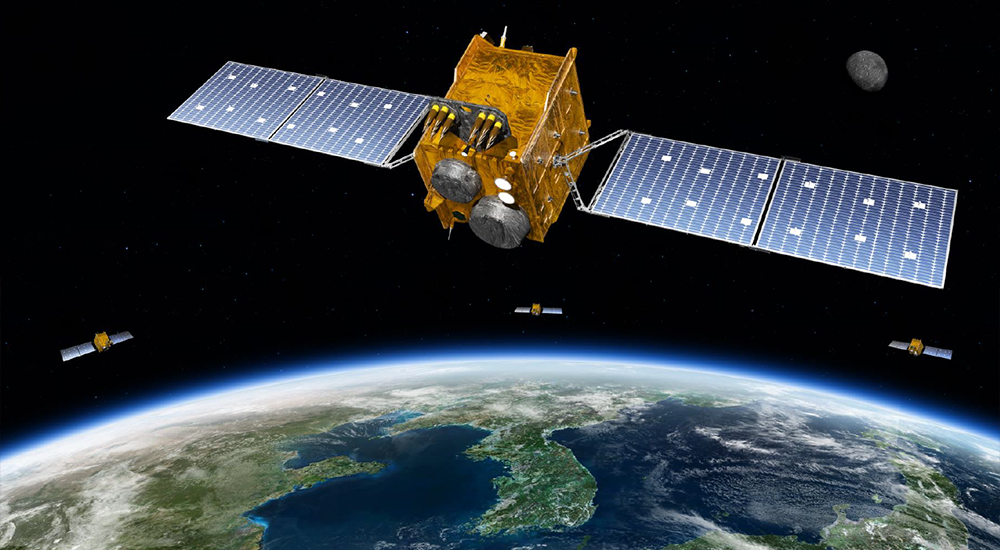01 / 07
Aviation
The aviation industry is a technology-intensive industry, and it is a technology-leading industry with high-tech applications such as computers, precision machinery, telecommunication electronics and new materials and a large ripple effect to other industries.

02 / 07
Unmanned Vehicle
A drone is a mobile body that recognizes the external environment on its own without the help of humans, judges the situation, and performs its mission.

03 / 07
Satellite
Satellite developers are increasing around the world and more than 150 satellites are launched annually.

04 / 07
Space Launch Vehicle
The United States and Russia have secured space launch vehicle technology since the 1950s. Europe, Japan, China and India are also seeking space development, including satellite, space probe launch and space cargo transportation, by securing space launch technology.

05 / 07
Use of satellite information
The Korea Aerospace Research Institute has successfully controlled and operated national satellite assets such as Arirang satellites and Chollian satellites, and plans to manage and utilize national satellite information in an integrated and systematic manner in preparation for the multi-satellite era.

06 / 07
Lunar Exploration
Developed countries such as Europe, China, Japan, and India, as well as private startups in the era of New Space, which is symbolized by innovation, challenges and new opportunities, are participating in space exploration.

07 / 07
Satellite Navigation
Satellite navigation systems, commonly known as the Global Positioning System (GPS), are systems that provide positioning, navigation, and timing information (collectively PNT information) through satellites.

